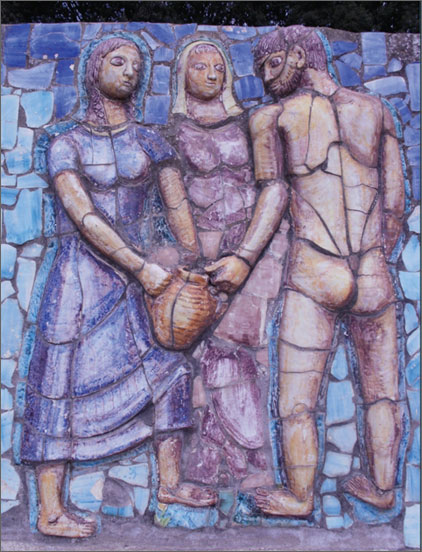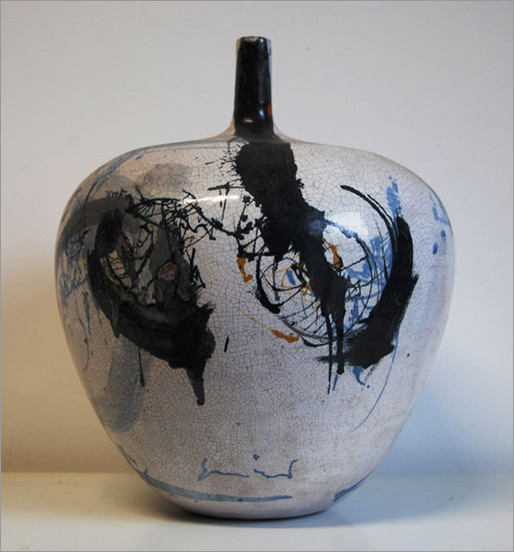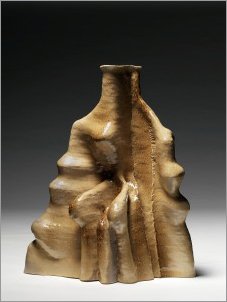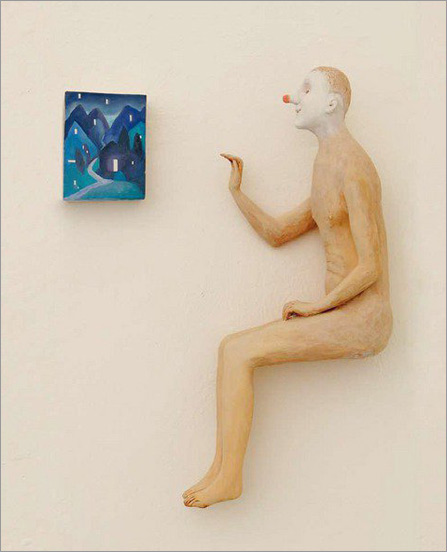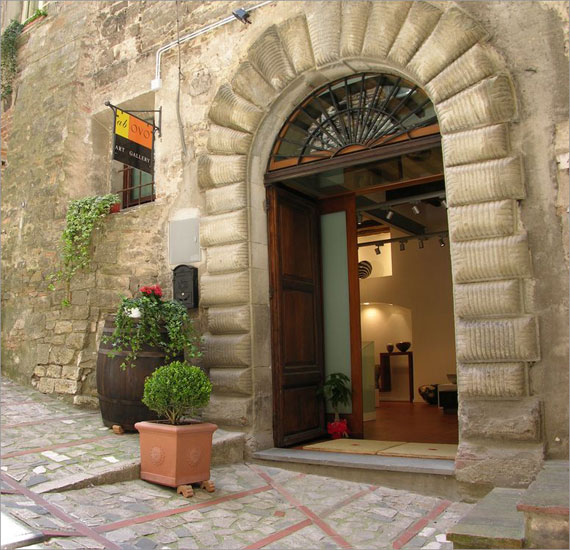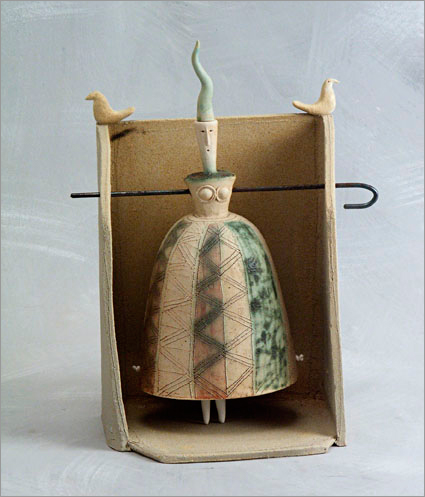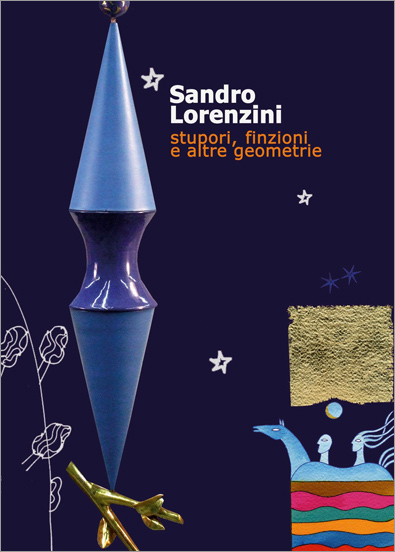March 17 – April 30, 2011
Milano, Italy
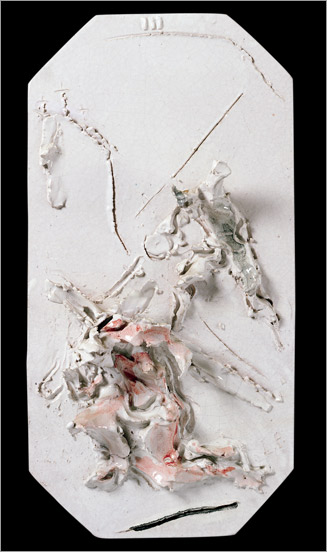 Between 1947 and 1957 Lucio Fontana made three different Via Crucis – Stations of the Cross which are held to be particularly important since they give great insights into the artist’s conceptual development.
Between 1947 and 1957 Lucio Fontana made three different Via Crucis – Stations of the Cross which are held to be particularly important since they give great insights into the artist’s conceptual development.
The first Via Crucis (1947), from a private collection in Parma, was made the year after the publishing of the first Manifesto of Spatialism (Primo Manifesto dello Spazialismo) where he stated that “Matter, colour and sound in motion are the phenomena whose simultaneous development makes up the new art”.
The second and the third Via Crucis were both part of charitable and socially useful projects that the artist shared with the architect Marco Zanuso. They were made between 1955 and 1957, when Fontana was feverishly experimenting, both in his sacred production and in his conceptual works: the Baroques, the Holes, the Stones, the Plasters, then his celebrated Slashes.
The side by side of the three Stations clearly show how Fontana departed from tradition to find his way towards stark conceptualism.
Lucio Fontana. Vie Crucis 1947-1957
Palazzo Lombardia
Via Galvani 27, Milano
Phone: +39 02 89420019

